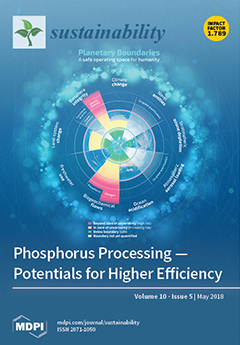1
Department of Biological Sciences, Idaho State University, 921 South 8th Avenue, Pocatello, ID 83209, USA
2
Centro Andaluz para la Evaluación y Seguimiento del Cambio Global (CAESCG), Departamento de Biología Vegetal y Ecología, Universidad de Almería, La Cañada de San Urbano, 04120 Almería, Spain
3
Human-Environment Systems Center, Boise State University, Boise, ID 83725, USA
4
Department of Biological Sciences, University of Alabama, 300 Hackberry Lane, Tuscaloosa, AL 35487, USA
5
Department of Sociology, Idaho State University, Social Work, and Criminology, 921 South 8th Avenue, Pocatello, ID 83209, USA
6
Council for Scientific and Industrial Research, Natural Resources and the Environment, P.O. Box 320, Stellenbosch 7599, South Africa
7
School of Agricultural, Earth and Environmental Sciences, University of KwaZulu-Natal, 27 Private Bag X01, Scottsville 3209, South Africa
8
Department of Applied Research and Agricultural Extension, Madrid Institute for Rural, Agricultural and Food Research and Development (IMIDRA), Finca Experimental ‘‘El Encín’’Ctra N-II, Km 38,200, 28800 Alcala de Henares, Spain
9
Department of Geography, Texas State University, 601 University Drive, ELA 139, San Marcos, TX 78666, USA
10
Institute for Ethics and Transdisciplinary Sustainability Research, Leuphana University of Lüneburg, Faculty of Sustainability, Universitätsallee 1, 21355 Lüneburg, Germany
11
Department of Geography, University of Idaho, University of Idaho, 875 Perimeter Drive, Moscow, ID 83844, USA
12
Oklahoma Biological Survey and Department of Biology, University of Oklahoma, 111 E Chesapeake St, Norman, OK 73019, USA
13
Stockholm Resilience Centre, Stockholm University, Kräftriket 2B, SE-10691 Stockholm, Sweden
add
Show full affiliation list
remove
Hide full affiliation list





